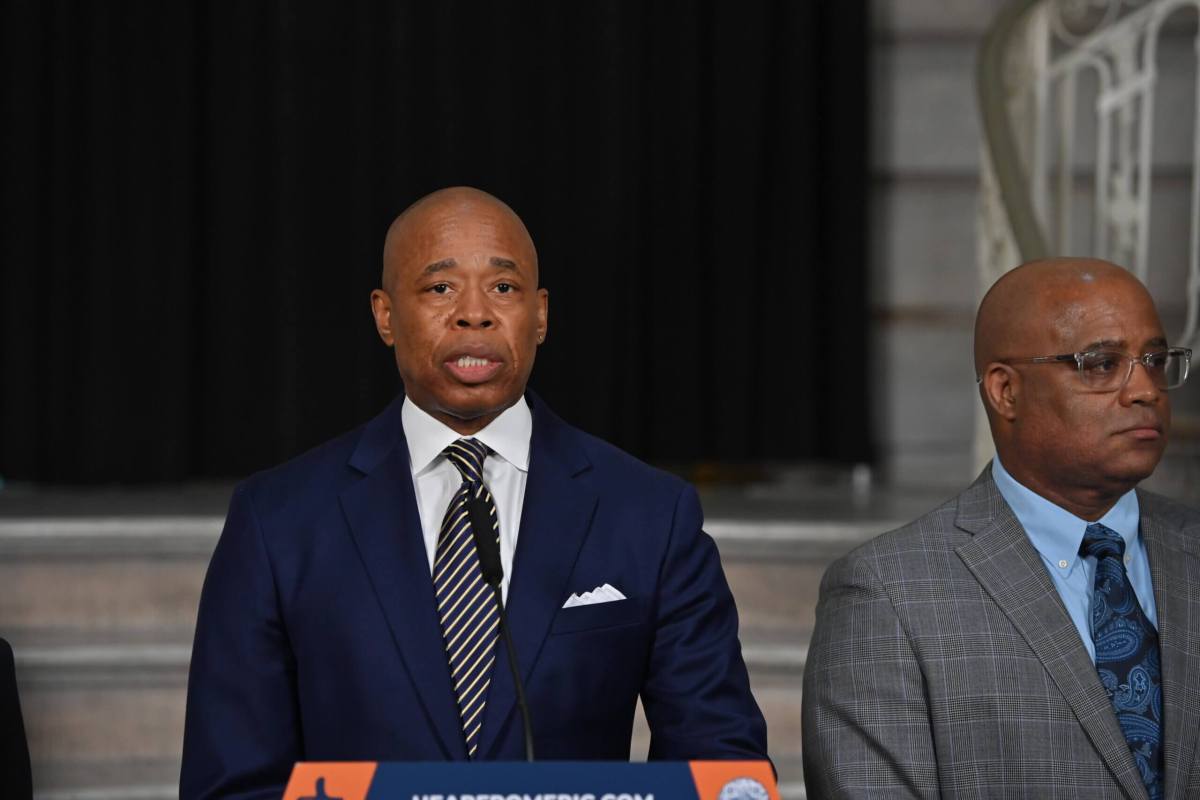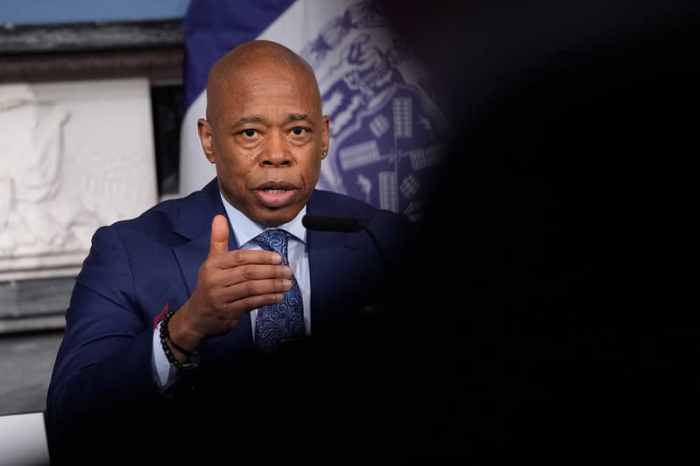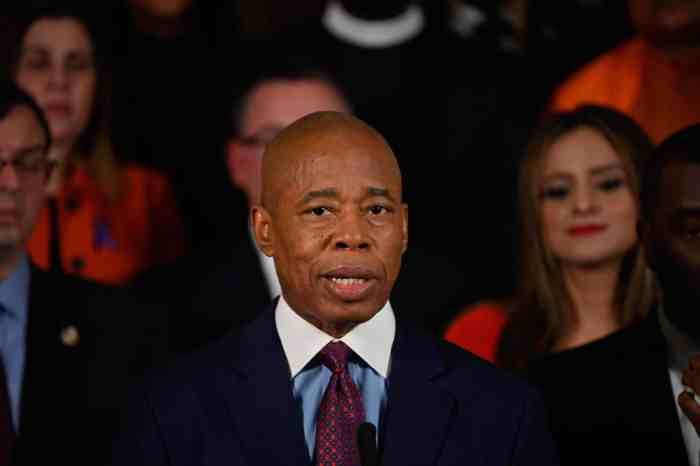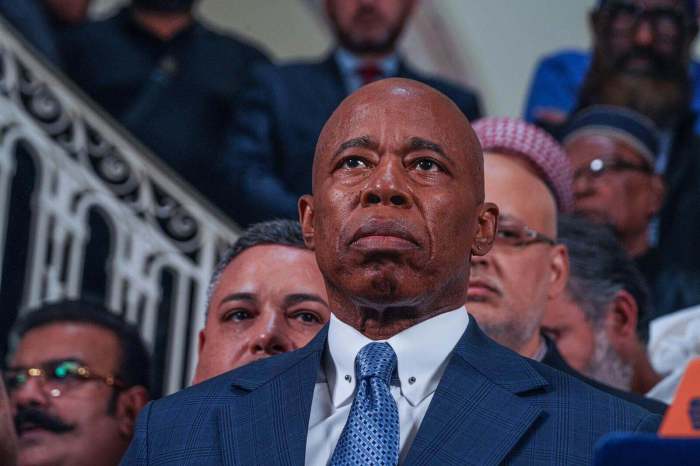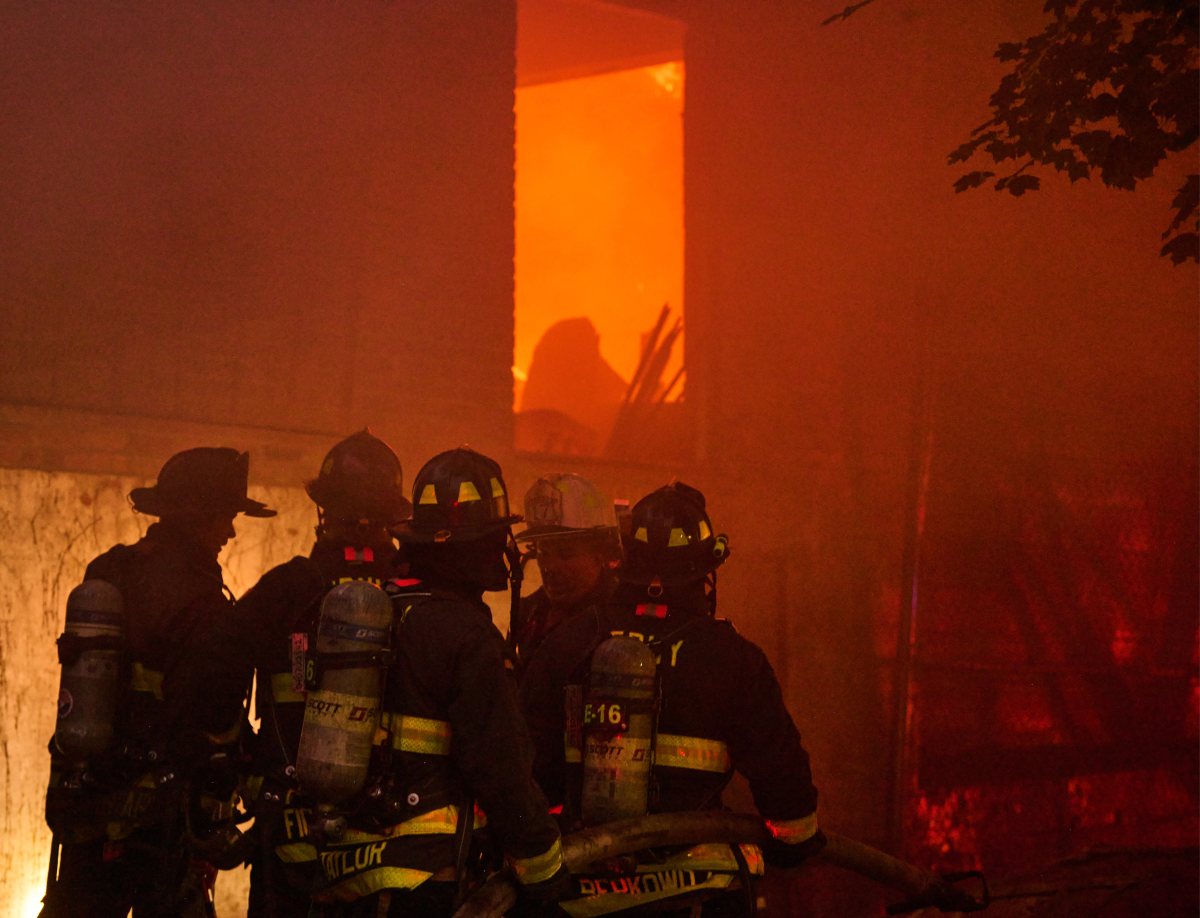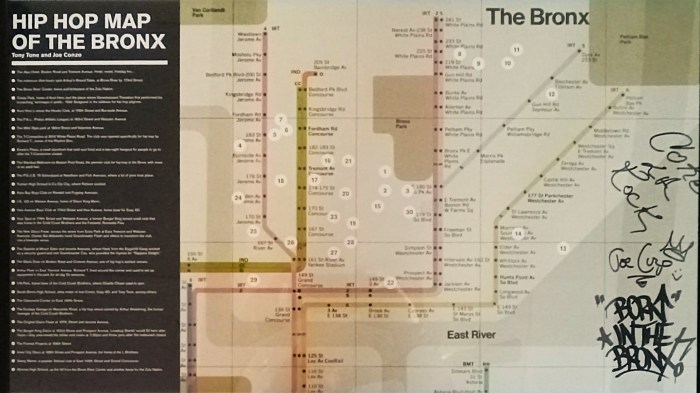City Council leadership quickly pushed back on Mayor Eric Adams’ latest fiscal belt-tightening measure on Tuesday, where he requested city agencies trim their budgets by an additional 4% in Fiscal Year 2024 and the outyears, saying the measure would “paralyze” city agencies and “harm” New Yorkers.
“Cutting city agencies’ budgets without regard for the impact it has on New Yorkers, the delivery of essential services, and our city’s economy, is not the depiction of fiscal responsibility,” said City Council Speaker Adrienne Adams and Finance Chair Justin Brannan in a joint statement.
“Today’s PEG appears to be a demonstration in excess that risks taking the city down a harmful, destabilizing path. In hearing after hearing, city agencies continued to identify staffing challenges as the biggest impediment to fulfilling their duty to New Yorkers,” they added. “Additional PEGs will paralyze agencies, harm New Yorkers, and make it even more difficult for the city to successfully recover.”
In a letter to city agency heads obtained by amNewYork Metro on Tuesday, the mayor’s Office of Management and Budget (OMB) asked for the 4% budget reduction across all city agencies, except the Department of Education and City University of New York (CUNY) — which will instead both be subject to a 3% cut. Agencies must submit plans to OMB on how to trim their spending by April 14, but those plans can’t include layoffs and shouldn’t “meaningfully” impact service delivery “where possible.”
The “savings targets” for each agency will be based on their budgets laid out in the mayor’s preliminary $102.7 billion spending plan.
The latest round of cuts — under Mayor Adams’ so-called “program to eliminate the gap” (PEG) — follows two previous PEGs last year, one as recently as November. That plan required agencies to trim their budgets by 3% for FY23 and 4.75% for the next three fiscal years.
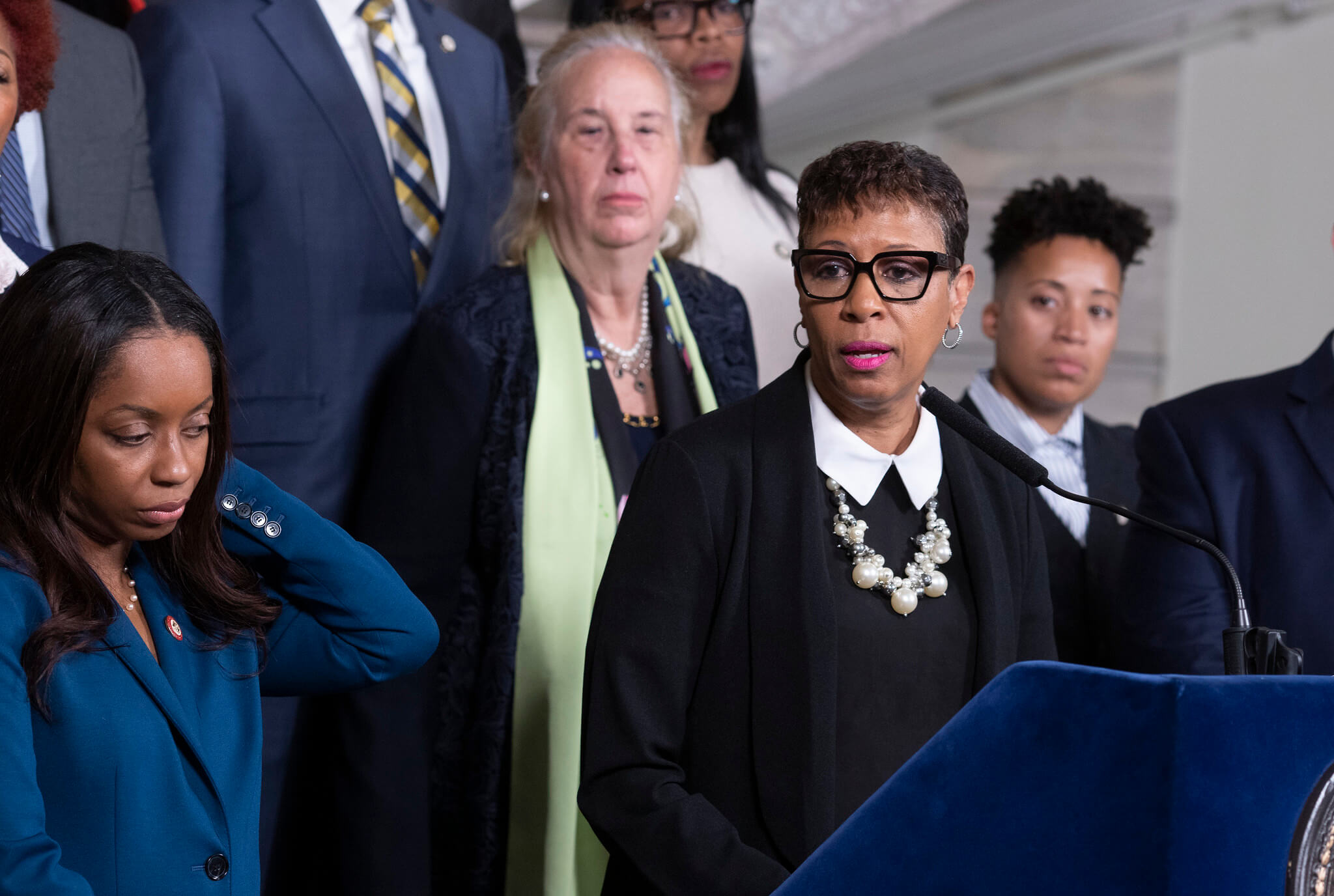
In the letter, the mayor’s budget director, Jacques Jiha, said the administration is calling for the additional cost-saving measure in the mayor’s forthcoming executive budget due to the ever-rising price tag of providing for over 54,000 newly arrived migrants, the expensive negotiation pattern for deals with public sector unions set by the city’s tentative agreement with District Council 37 (DC37) and potential cuts from the not-yet-finalized state spending plan — which may be over a week late.
Jiha put the estimated cost of each at $4.3 billion for FY23 and FY24, $16 billion through FY27 — for the DC37 deal alone — and $1 billion per year, respectively.
“Working together, we overcame substantial obstacles to maintain and establish balanced budgets in FY23 and FY24 in the January Financial Plan,” Jiha wrote in the letter. “However, we have since encountered developments that place a massive strain on the city’s budget, specifically the substantial growth in the cost of caring for asylum seekers ($4.3 billion over FY23 and FY24), the need to fully fund the labor reserve for the cost of the pattern established by the DC37 labor deal (more than $16 billion through FY27), and the unexpected cuts and cost shifts proposed in the governor’s Executive Budget (more than $1 billion per year).”
“We have less than a month to identify the resources needed to reduce the strain on our budget, decrease outyear gaps, and avoid disruption to programs and services that keep our city clean, safe, and healthy,” he added.
Additionally, mayoral spokesperson Jonah Allon told amNewYork Metro in a statement the fiscal headwinds the city is facing are exacerbated by slowing tax revenue and a possible “weakening” of the national economy.
“Mayor Adams has repeatedly said that we cannot sugarcoat the reality of the fiscal and economic challenges we are facing,” Allon said. “Ignoring these realities would be irresponsible and would cost New Yorkers more in the end. As today’s letter states, agencies must achieve savings without laying off employees and minimizing impacts on city services. Make no mistake: Despite these challenges, we remain steadfast in our commitment to continuing to deliver core services to New Yorkers every day.”
But in its own preliminary budget plan, released on Monday, the City Council predicts the city will have an additional $2.7 billion in revenue over the current and next fiscal years than what OMB projected.
The council proposed using roughly half of those extra dollars — $1.3 billion — to both restore cuts the mayor has already made across the city government and further support agencies and services. The remaining $1.4 billion would be used to cover expenses like the migrant crisis, negotiating labor deals and state budget cuts and cost shifts.
In their statement, Speaker Adams and Brannan also called into question the administration’s continued citing of the ballooning cost of the migrant crisis as a reason to further trim agency budgets. They charged the administration hasn’t provided the council with “evidence” of the influx’s price tag, while not following their recommendation to expedite moving homeless individuals out of shelters and into permanent housing.
“The Administration continues to rhetorically convey ever-changing costs for supporting asylum seekers, despite never providing the Council with any substantive response to our repeated requests for evidence of these costs,” they said. “The fact remains that this Administration has done nothing to address the structural problems that can alleviate some of the costs of caring for asylum seekers, despite repeated calls from the council to implement urgent reforms.”
Read more: Trump Loyalists Protest Against Manhattan DA



